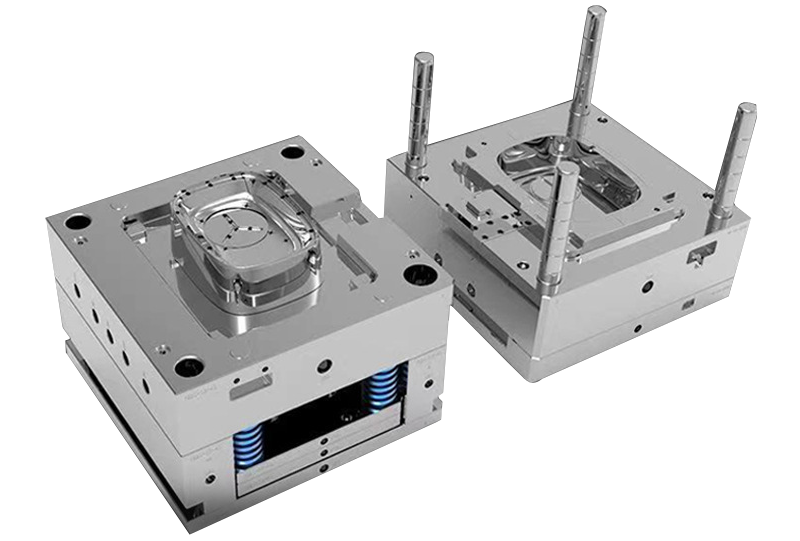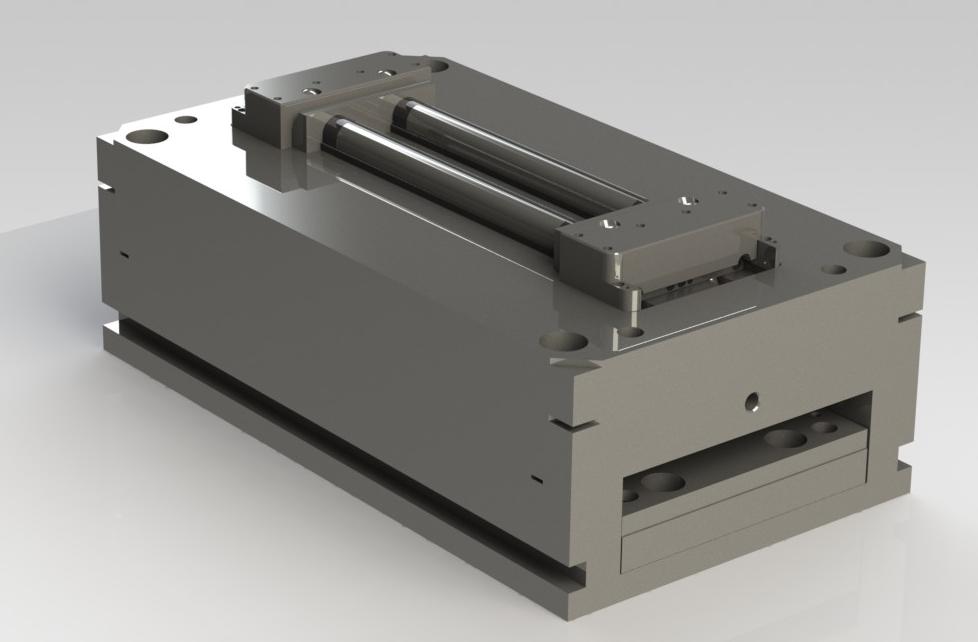Recognizing the Essentials of Plastic Injection Molding Processes
Plastic shot molding acts as a cornerstone of modern-day manufacturing, supplying a systematic strategy to producing complicated elements with precision. This procedure not just encompasses the essential steps of melting and infusing products right into mold and mildews however likewise involves a nuanced understanding of numerous affecting variables, such as temperature and stress. As industries progressively demand effectiveness and quality, the ins and outs of this technique come to be extra crucial. Checking out these important aspects might reveal how even minor adjustments can lead to substantial enhancements in production outcomes, raising inquiries concerning the capacity for technology in this well-known procedure.
What Is Plastic Injection Molding?
Plastic shot molding is a widely used production process that changes thermoplastic and thermosetting products into exact and complex shapes. This strategy is favored for its capability to generate high quantities of the same get rid of exceptional accuracy, making it an indispensable technique in numerous sectors, including vehicle, customer goods, and medical gadgets.
The procedure involves melting the selected plastic product and infusing it right into a mold under high pressure. The mold and mildew, created to the requirements of the preferred component, allows the molten plastic to take form as it solidifies and cools. Once the material has set, the mold and mildew is opened up, and the finished component is ejected.
Plastic injection molding provides a number of benefits, consisting of lowered waste, uniformity in manufacturing, and the capacity to include intricate designs that may be challenging with other manufacturing methods. Additionally, it supports a broad series of products, each giving one-of-a-kind buildings that can be customized for details applications. As sectors proceed to introduce, plastic injection molding continues to be at the center, making it possible for the growth of sophisticated products that meet evolving customer needs.
The Shot Molding Process
The injection molding procedure is an innovative method that includes several key phases to generate top notch plastic parts. Plastic pellets are fed into a heated barrel where they are thawed into a viscous liquid. This molten plastic is after that infused under high pressure right into a precision-engineered mold and mildew, which shapes the material right into the preferred form.
As soon as the mold is filled, the plastic is permitted to strengthen and cool, taking the form of the mold cavity. Air conditioning time is important, as it affects the cycle time and the last buildings of the molded component. After adequate air conditioning, the mold opens up, and the completed part is ejected making use of ejector pins.

Products Utilized in Injection Molding
Various materials can be utilized in the injection molding process, each offering special properties that satisfy specific applications. One of the most commonly made use of products consist of thermoplastics, thermosetting plastics, and elastomers.

Thermosetting plastics, like epoxy and phenolic resins, undertake a chemical change during the treating procedure, resulting in a stiff, stringent framework. These materials are optimal for applications calling for high heat resistance and structural integrity, commonly used in auto parts and electrical insulators.
Elastomers, consisting of silicone and rubber-based products, give flexibility and durability. Their special residential or commercial properties make them appropriate for applications that require flexibility, such as gaskets and seals.
In addition, specialty materials like bio-based plastics and composites are gaining traction for their environmental benefits and enhanced performance qualities, expanding the range of injection molding official source applications in different markets. Comprehending the residential properties of these products is critical for picking the ideal kind for details tasks.
Benefits of Shot Molding
Injection molding stands apart as a highly efficient production procedure that uses countless advantages for producing complex parts with precision. Among one of the most considerable benefits is the ability to develop detailed styles that would be challenging or difficult to achieve with various other techniques (Plastic Injection Molding). The process allows for thorough features and limited resistances, guaranteeing premium elements
Additionally, shot molding is known for its quick manufacturing capabilities, making it a perfect selection for high-volume production. Once the mold and mildew is produced, components can be created quickly, lowering lead times and raising general productivity. This efficiency not just lowers manufacturing costs yet likewise gives a competitive side on the market.
The versatility of products made use of in injection molding better enhances its allure. A broad array of thermoplastics and thermosetting polymers can be employed, enabling suppliers to select products that ideal satisfy their certain needs, consisting of toughness, heat, and versatility resistance.
Moreover, the process reduces waste, as excess material can frequently be recycled and recycled. This sustainability aspect contributes to a lowered environmental impact, making injection molding an accountable production selection. In general, the advantages of injection molding make it a favored technique for many industries.
Elements Impacting Product High Quality
While many variables can affect item top quality in shot molding, recognizing these components is essential for accomplishing ideal outcomes. Secret elements include material choice, processing parameters, and mold design.
Material option plays a vital duty, as different polymers show distinct homes that influence flowability, toughness, and thermal security. Insufficient material choice can result in problems such as warping or insufficient dental filling.
Handling specifications, including temperature, stress, and cycle time, must be meticulously regulated. Variants in these settings can cause incongruities partially dimensions and surface coating. For circumstances, excessively heats might cause destruction of the polymer, while insufficient pressure can cause brief shots.
Mold and mildew design is equally important, as it establishes the flow of the molten plastic and the cooling procedure. Improperly designed mold and mildews may cause uneven air conditioning rates, leading to dimensional inaccuracies and residual stress and anxieties.

Final Thought
In conclusion, plastic injection molding works as a crucial manufacturing process that enables the reliable manufacturing of high-grade parts. Proficiency of the shot molding process, including the understanding of products and the impact of over here different elements on product quality, is web essential for attaining optimum results. The advantages of this approach, such as cost-effectiveness and layout versatility, further underscore its value throughout multiple sectors, strengthening its status as a preferred selection for high-volume production.
Plastic shot molding offers as a foundation of contemporary production, supplying a methodical approach to generating complex parts with precision.Plastic injection molding uses several benefits, including reduced waste, uniformity in production, and the capacity to incorporate detailed styles that might be challenging with other producing techniques (Plastic Injection Molding). As markets continue to introduce, plastic injection molding continues to be at the leading edge, enabling the advancement of advanced products that fulfill developing customer demands
The shot molding procedure is an advanced strategy that involves a number of key stages to produce top quality plastic parts.In conclusion, plastic shot molding offers as an important production process that makes it possible for the efficient production of high-grade components.